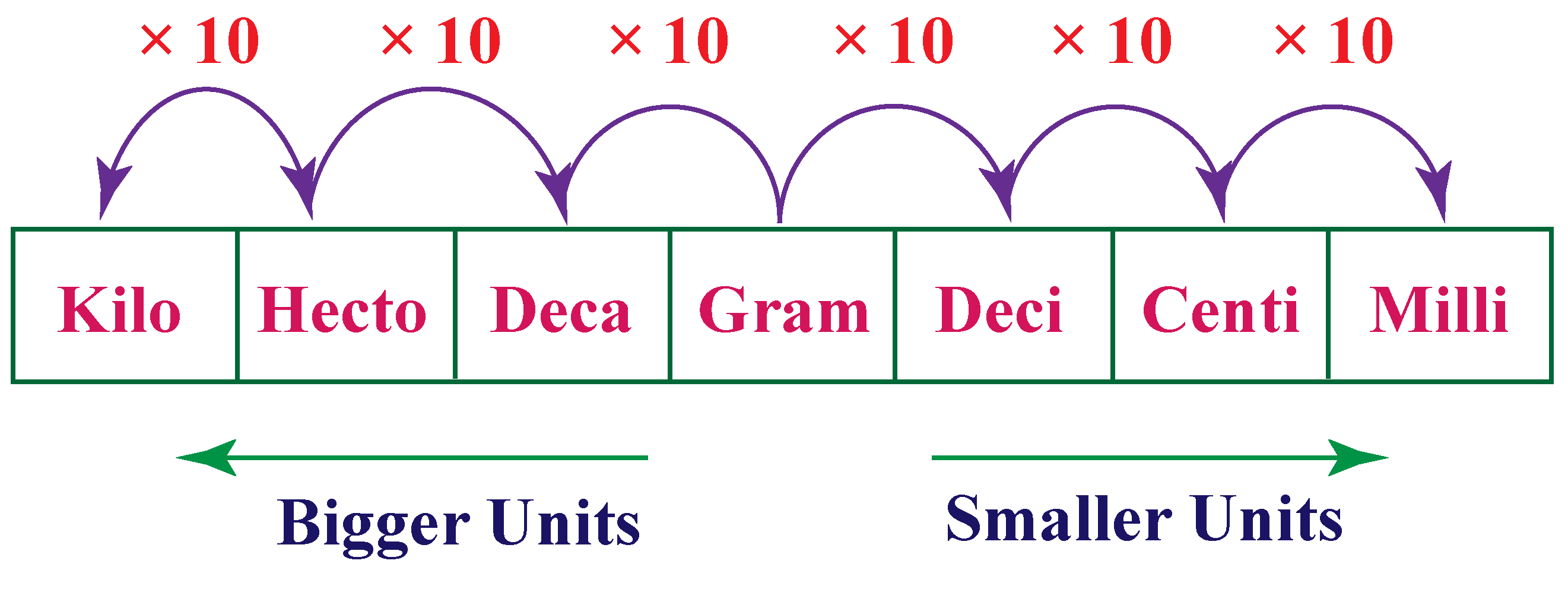Have you ever found yourself staring at a recipe, puzzled by the instructions to use a liter of water, but your measuring cup only shows ounces or milliliters? Or maybe you’re trying to convert a recipe from liters to kilograms, and you’re left scratching your head wondering how much is actually in that “liter”?

Image: lessonlistfleischer.z19.web.core.windows.net
The relationship between liters and kilograms is a common source of confusion for many. While liters measure volume (the amount of space a substance occupies), kilograms measure mass (the amount of matter in a substance). They’re not interchangeable, and the answer to “how many kilograms are in a liter?” isn’t a simple, one-size-fits-all number. Let’s delve into the intriguing world of volume and mass and unravel the mystery of how these two concepts intertwine.
Understanding the Fundamentals: Liters and Kilograms
Liter: The Unit of Volume
Imagine a container, a box, or a bucket. The amount of space inside that container, the room it offers to hold something, is called its volume. Liters are the units we use to measure this volume, particularly for liquids.
Think of a liter like a standard-sized milk carton, a familiar visual for most. Or, picture a cube with sides that are 10 centimeters long. This cube can hold exactly one liter of anything you pour into it.
Kilogram: The Unit of Mass
Mass, on the other hand, refers to the amount of matter in an object. It’s a fundamental property of any object, telling us how much “stuff” it is made up of. Kilograms are the units we use to measure this matter.
Think of a kilogram like a standard shopping bag of sugar. It contains a specific amount of sugar, and that amount is measured in kilograms. Or imagine a liter of water—it has a specific mass, and we can measure that using kilograms.

Image: yoo.rs
The Influence of Density
This is where things get interesting. The number of kilograms in a liter depends entirely on what you are measuring! Why? Because different substances have different densities.
Density is a key concept here. It’s the measure of how much mass is packed into a given volume. To think about it, imagine a block of wood and a block of lead, both the same size (same volume). The lead block will feel much heavier—it has more mass packed into the same space. This difference in weight (mass) comes from the difference in their densities.
Unpacking the Relationship: How Density Changes the Game
Example 1: Water
Water has a density of approximately 1 kilogram per liter. This means one liter of water will weigh roughly one kilogram.
This gives us a baseline but doesn’t mean we can apply it to everything else.
Example 2: Oil
Oil is less dense than water. It floats on water because it is less tightly packed. A liter of oil will weigh less than a liter of water; it will be less than one kilogram.
Example 3: Gold
Gold is extremely dense. It feels heavier than a similar volume of other metals. A liter of gold will weigh significantly more than a liter of water, many kilograms more.
Applications in Everyday Life
The relationship between liters and kilograms is everywhere in our world. Here are a few examples:
- Cooking: Recipes often call for using liters of liquids like water or milk. While some recipes specify weight, others assume you’ll use a volume measurement like liters. Understanding the relationship between liters and kilograms can be crucial for ensuring the right balance of ingredients.
- Nutrition: Food labeling often includes both volume and weight information. For instance, a cereal box might indicate a 1-liter volume and a 1.2-kilogram weight. This helps you compare different products based on their contents.
- Engineering: Engineers rely on the density of materials to design structures, vehicles, and other systems. They need to know how much weight a material will have when occupying a certain volume, so they can build things safely and efficiently.
- Science: Chemists and physicists use the concepts of volume and mass all the time. They often need to work with solutions, and knowing the density of the substance is crucial for accurately calculating the concentration of a solution.
The Importance of Context
It is crucial to remember that the answer to “how many kilograms are in a liter” is never a fixed number. It’s a question that requires more context:
- What substance are you talking about?
- What is the density of that substance?
Once you know the density of a substance, you can use a simple formula to calculate its mass based on its volume:
Mass (kg) = Volume (L) x Density (kg/L)
This formula helps us understand the connection between liters and kilograms and allows us to move between these two units efficiently.
How Many Kg Is 1 Liter
Conclusion
Understanding the relationship between liters and kilograms goes beyond just converting measurements. It’s a window into the fundamental properties of matter, revealing the fascinating interplay between volume, mass, and density. Whether you’re baking, reading a nutritional label, or exploring the world of science and engineering, this knowledge is key for navigating the world of measurements and making informed decisions. So next time you encounter liters and kilograms, remember, it’s not a simple conversion—it’s a journey into the fascinating realm of matter and its properties!






